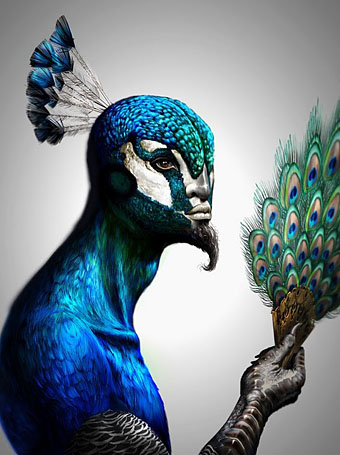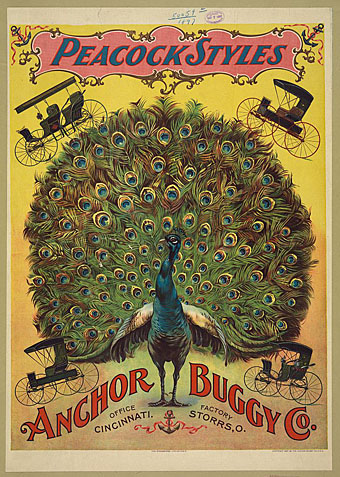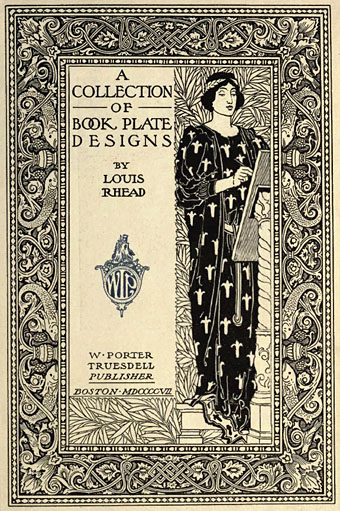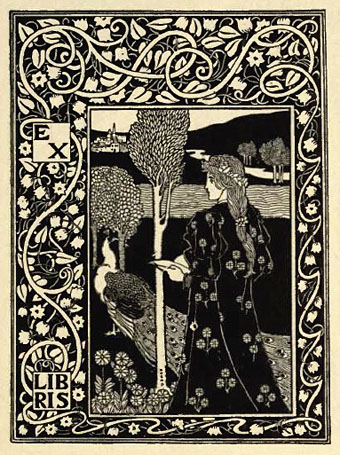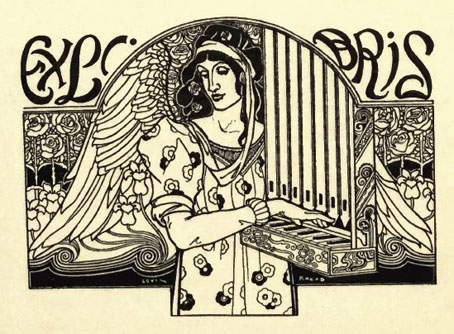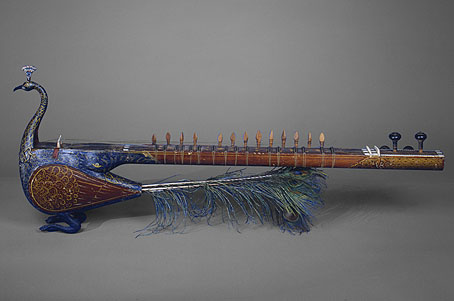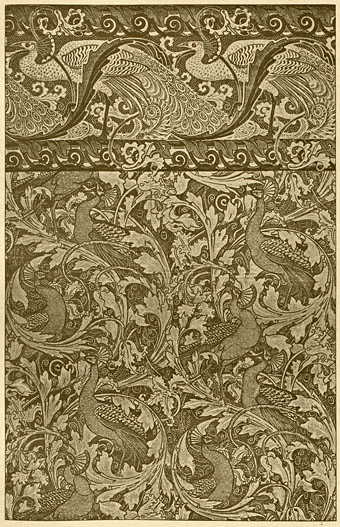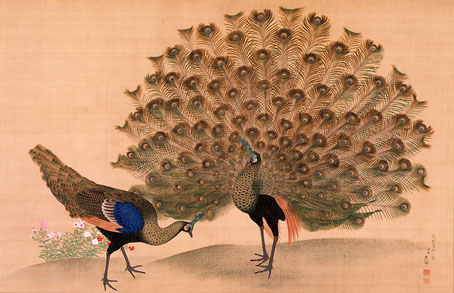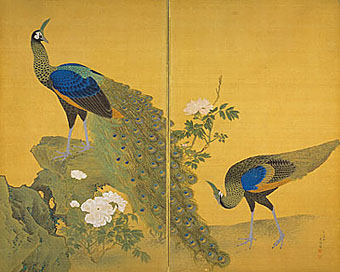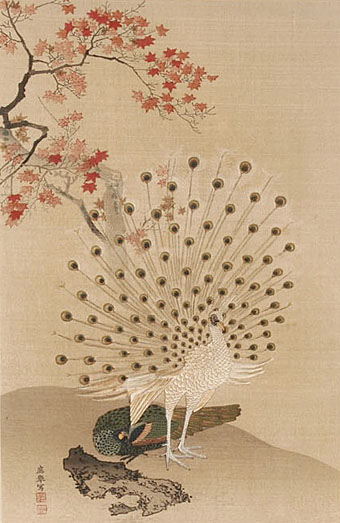A design by Harold Nelson.
That title probably requires a (sic) for those unaware that “today” was commonly hyphenated until about 1920. Wilbur Macey Stone’s Book-plates of To-day (1902) is a small overview of the art of the bookplate at the Internet Archive. Among the artists flourishing the Art Nouveau foliage are a couple of familiar illustrators such as Robert Anning Bell (below), and there’s also a plate by the Belgian Symbolist Fernand Khnopff, the first such work I’ve seen by that artist.
Elsewhere on { feuilleton }
• The illustrators archive
Previously on { feuilleton }
• Louis Rhead bookplates
• Pratt Libraries Ex Libris Collection
• Robert Anning Bell’s Tempest
• The Evil Orchid Bookplate Contest
• David Becket’s bookplates



